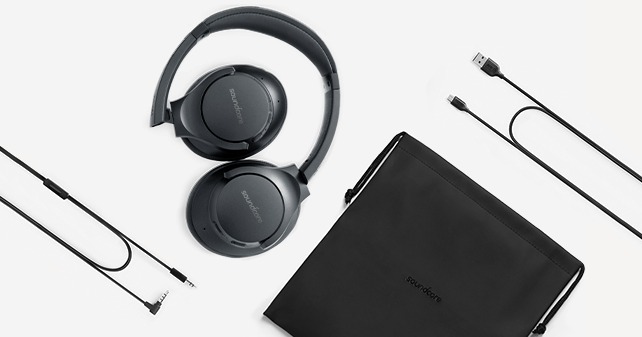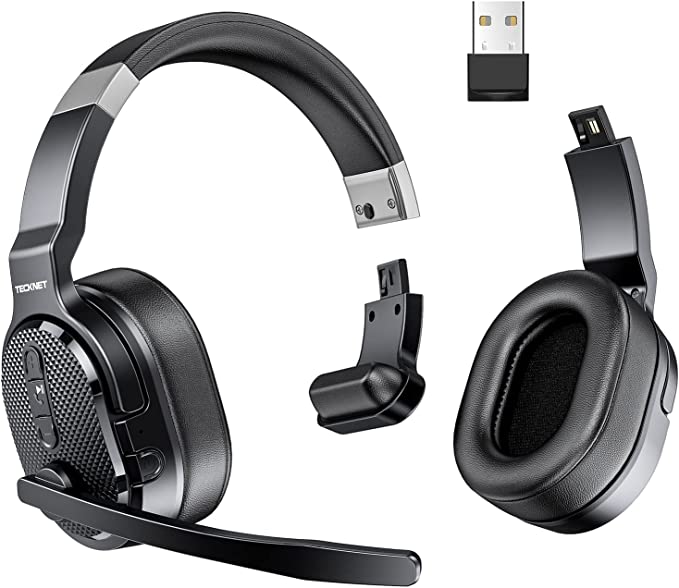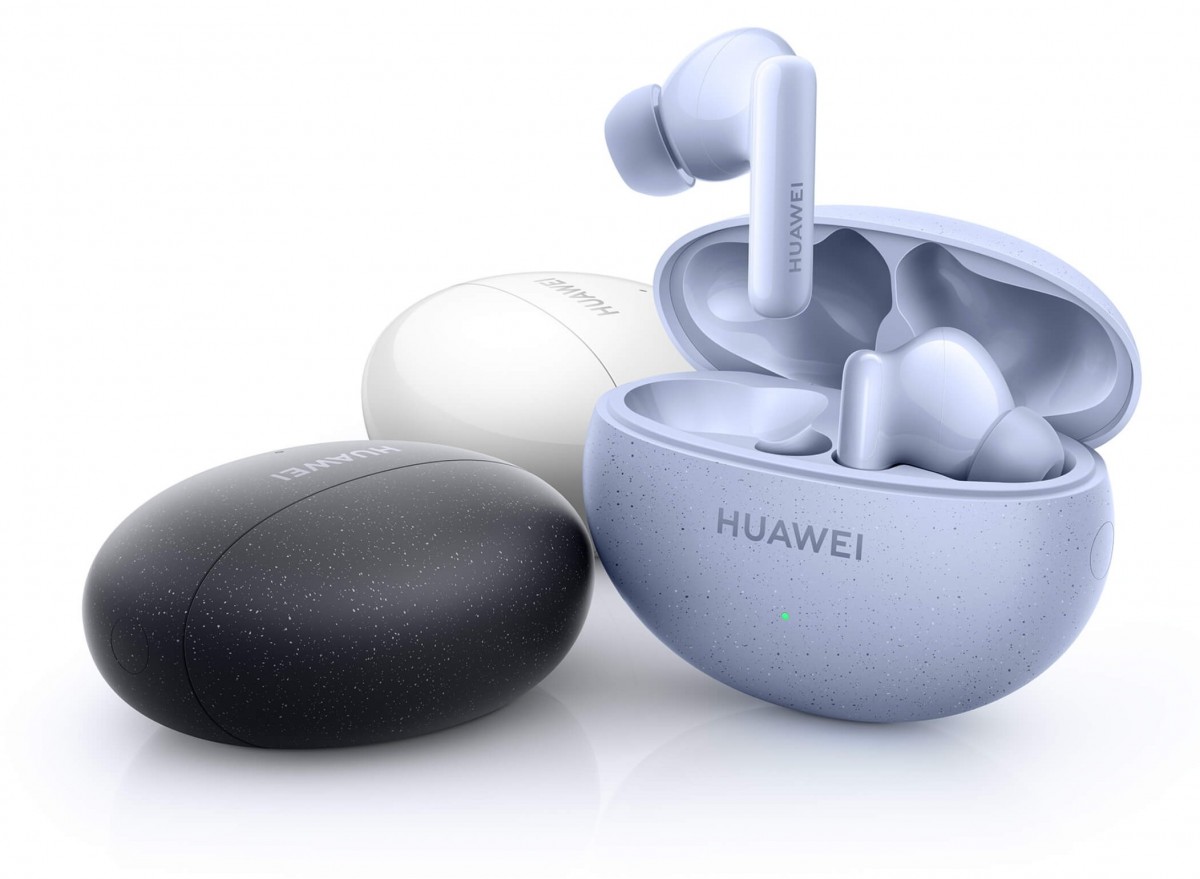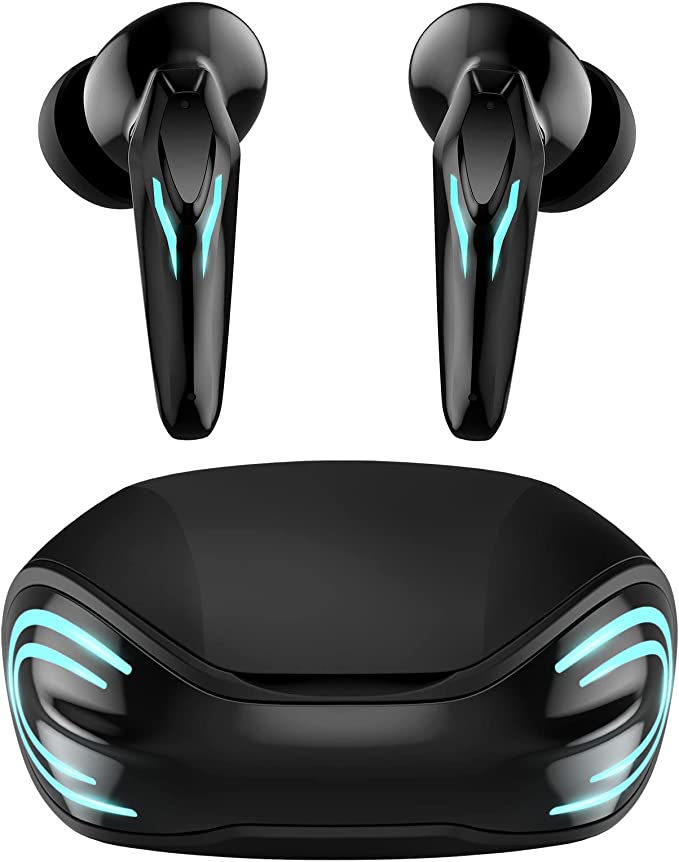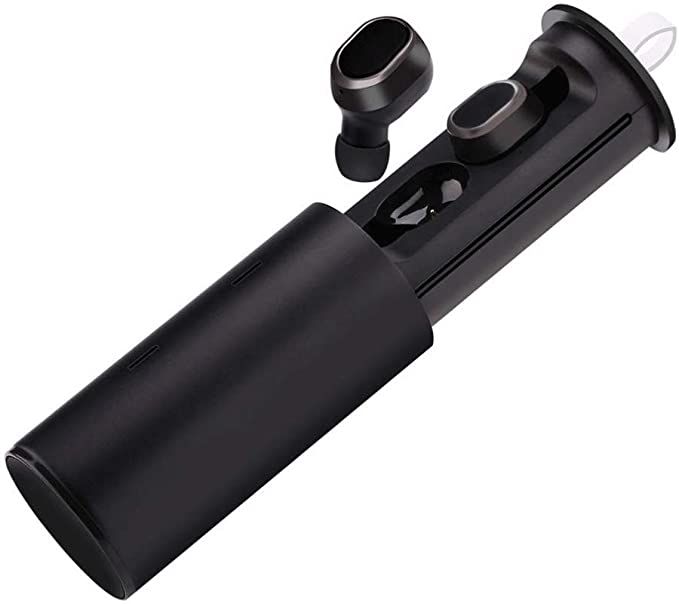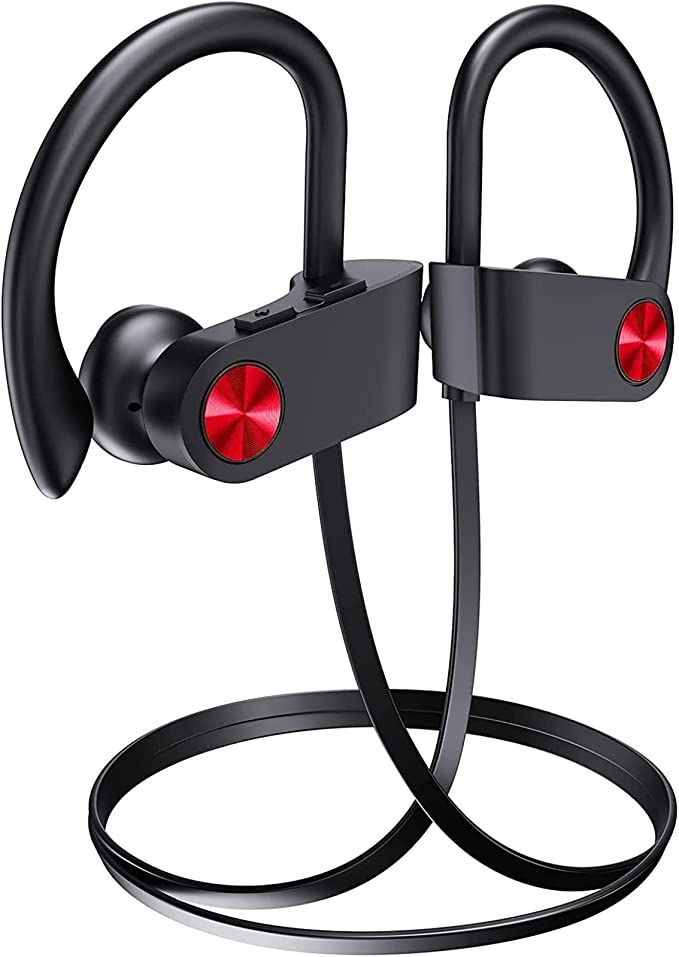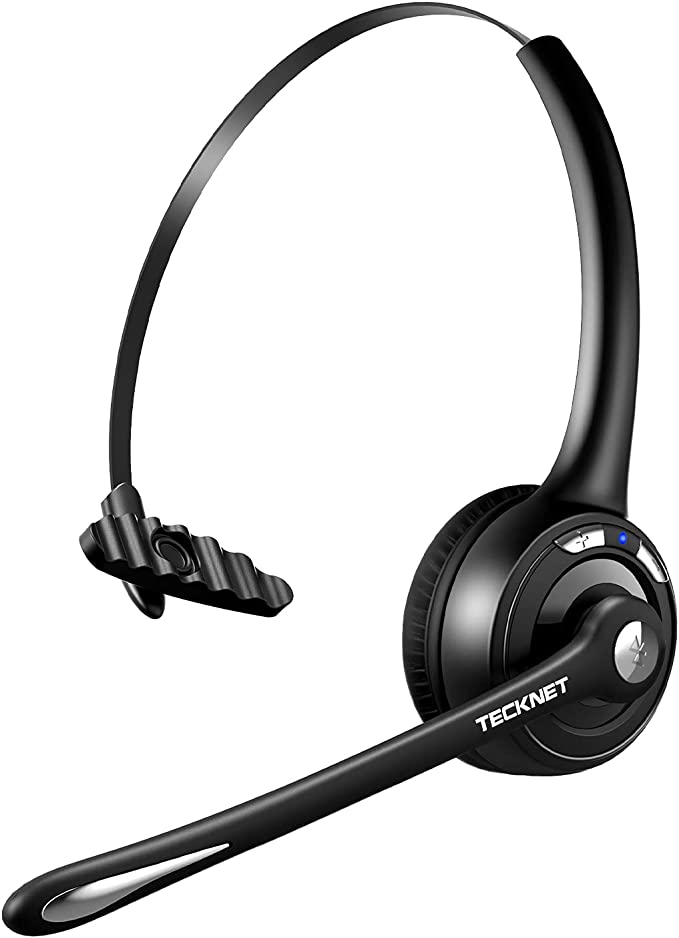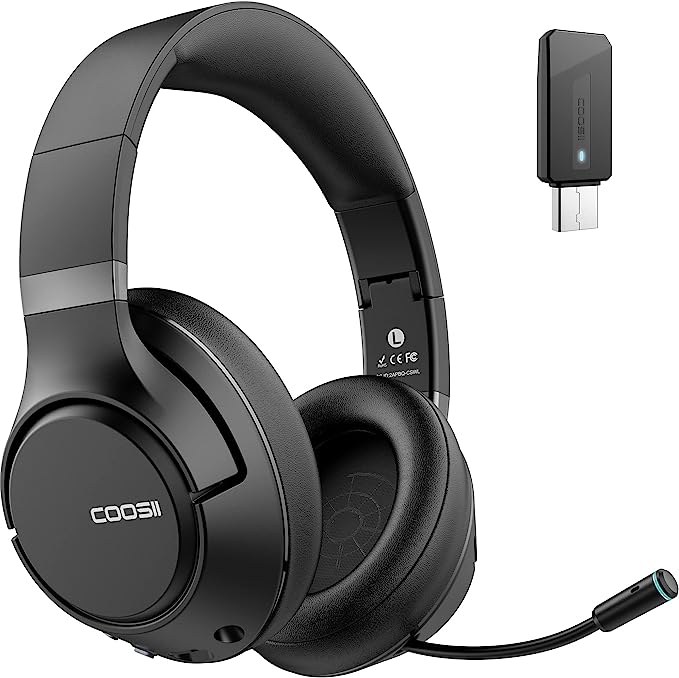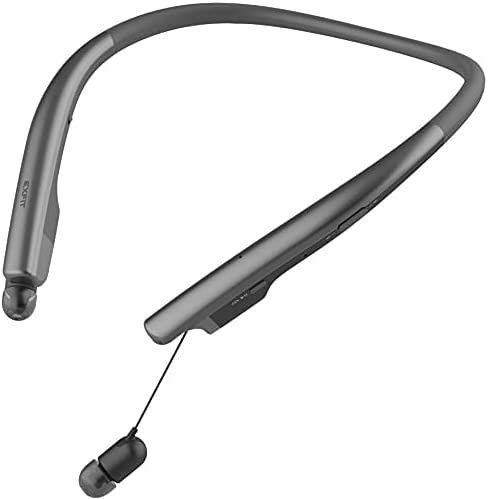OnePlus Buds Pro 3: Immerse Yourself in Sound and Silence
Update on Aug. 4, 2025, 10:56 a.m.
The quest is a fundamentally human one: to find a pocket of peace in a world of noise, and within that peace, to experience art in its purest form. We crave the serene focus of a library, yet we also yearn for the front-row immersion of a concert hall. These two desires, however, exist in a state of delicate tension. In the world of audio engineering, this manifests as a central paradox: the very act of creating silence can threaten the integrity of sound. This is the story of a technological duel between a spear, forged to silence the world, and a shield, crafted to defend the purity of music. And as a case study, we find a compelling modern contender in the OnePlus Buds Pro 3, a device that lives entirely within this fascinating conflict.

The Spear: Forging Silence from the Cacophony
The concept of fighting sound with sound is not new. Its most famous origin story begins not in a sterile lab, but on a transatlantic flight in 1978. Dr. Amar Bose, frustrated by the engine roar that bled through his airline-issued headphones, sketched the fundamental principles of active noise cancellation on a napkin. The idea was radical yet elegant: what if you could create an “anti-noise” wave, a perfect sonic mirror image of the unwanted sound, to neutralize it through destructive interference?
This principle is the physics of silence. Sound travels in waves, with crests and troughs. If you can introduce an identical wave that is perfectly out of phase—its crests aligning with the other’s troughs—they annihilate each other. The OnePlus Buds Pro 3 wield this principle like a finely honed spear. External microphones act as sentinels, constantly sampling the ambient chaos. This information is fed to a Digital Signal Processor (DSP)—the earbud’s brain—which in real-time calculates and generates the precise anti-noise wave. This counter-signal is then played through the internal speaker, intercepting the external noise before it can reach the eardrum. When this system can reduce the outside world by up to 50 decibels, it isn’t just dampening sound; it’s waging a successful war against it.

The Inevitable Conflict: When the Spear Scratches the Shield
Herein lies the paradox. Active Noise Cancellation is not a passive, invisible barrier. It is an aggressive, additive process. It must listen, process, and generate a new sound, all in fractions of a millisecond. This complex digital manipulation, no matter how sophisticated, is not without consequence. It can leave a subtle footprint on the audio you actually want to hear.
The very processing that creates silence can, in some instances, slightly compress the dynamic range of a song, or introduce a faint, high-frequency hiss—the ghost of the anti-noise signal. It’s the acoustic equivalent of trying to perform delicate surgery while wearing a suit of armor. The goal is to protect the patient, but the very tool of protection can be cumbersome. This is the inherent challenge: how do you wield the spear of silence without it scratching the shield of audio fidelity?

The Shield: In Defense of Pristine Sound
The defense of fidelity is a mission of preservation. The goal is to reproduce a sound recording with the utmost accuracy, delivering it to the listener’s ear exactly as the artist and audio engineer intended. To build a shield capable of this, especially within the tiny confines of an earbud, requires a departure from a one-size-fits-all approach.
This is where the architecture of a dual-driver system becomes the shield’s blueprint. Instead of a single, overburdened driver trying to handle everything from a subterranean bassline to a soaring piccolo, the task is intelligently divided. The OnePlus Buds Pro 3 entrusts this to two specialized artisans:
- An 11mm dynamic woofer acts as the shield’s foundation. Its larger, more flexible diaphragm is built to move significant amounts of air, reproducing low frequencies with depth, texture, and impact, avoiding the “muddy” sound that plagues lesser systems.
- A 6mm planar tweeter is the shield’s polished surface. This smaller, nimbler driver is dedicated to the higher frequencies, ensuring that vocals, cymbals, and instrumental details are rendered with crystalline clarity and precision.
By separating these roles, each driver operates within its ideal range, drastically reducing distortion and allowing for a far more accurate and expansive frequency response. This is not just about making music louder; it’s about honoring its complexity. This is a shield forged to protect every last nuance of the original performance.

The Art of the Duel: Engineering a Symbiotic Balance
True innovation, then, is found not in creating the sharpest spear or the strongest shield, but in teaching them to dance together. The magic lies in the synergy, orchestrated by the same powerful DSP that commands the noise cancellation. Modern adaptive algorithms are the choreographers of this duel. They constantly analyze the incoming audio and the level of environmental noise, making thousands of adjustments per second. They modulate the intensity of the spear to be just strong enough, minimizing its collateral impact on the shield.
This delicate balance is built upon a solid physical foundation. The IP55 rating for water and sweat resistance means this sophisticated duel can take place not just in a quiet room, but during a strenuous workout or a rainy commute. The ergonomic design ensures a secure physical seal, which provides passive noise isolation—the shield’s first, non-invasive line of defense, reducing the spear’s workload from the outset.
Ultimately, the quest for perfect sound is a journey into the realm of psychoacoustics—the science of how we perceive sound. Our brain is the final arbiter. It appreciates the focus that silence brings, but it also revels in the rich tapestry of a well-recorded piece of music. The most advanced audio technology, therefore, isn’t the one that simply masters noise or perfects reproduction. It’s the one that understands the profound and paradoxical relationship between the two, offering us the control to navigate it, moment by moment, crafting a listening experience that is deeply personal, and ultimately, more human.







